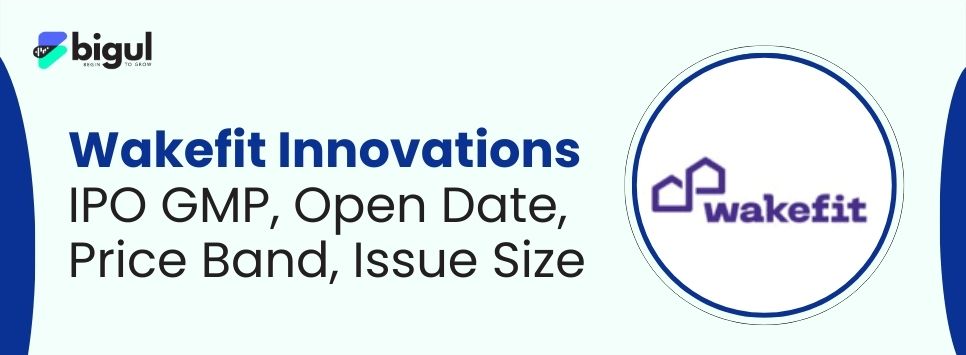The Bull Call Spread strategy is a popular options trading technique designed to capitalise on bullish price movements while managing risk. This approach combines long and short call options to create a spread position, offering traders the potential for limited yet higher profits compared to straightforward long call strategies.
By strategically leveraging the interplay of these options, investors can seek to optimise their gains while safeguarding against significant losses. Understanding the mechanics and advantages of this strategy is essential for those seeking to navigate the dynamic world of options trading.
Also Read | Understanding Options Trading Strategies: Comprehensive Guide
What is a Bull Call Spread?
A Bull Call Spread is a strategic options trading technique aimed at profiting from bullish price movements in a particular asset, such as a stock or an index.
It involves the simultaneous purchase of a lower strike price call option (long call) and the sale of a higher strike price call option (short call) on the same underlying asset and with the same expiration date. This combination allows traders to limit their potential losses while still benefiting from potential price increases.
The strategy is ideal when a moderate price rise is expected, as it offers a balance between risk and potential reward.
Components of Bull Call Spread
The Bull Call Spread strategy comprises two fundamental components that work in tandem to create a structured approach for bullish market scenarios. Understanding the role and mechanics of these components is essential for effectively implementing this strategy:
- Long Call Option: In a Bull Call Spread, the “Long Call Option” involves purchasing a call option contract. This contract grants the investor the right, but not the obligation, to buy a specific underlying asset at a predetermined price (strike price) before the option’s expiration. By buying the call option, traders aim to benefit from potential price increases in the underlying asset. The strategy offers the advantage of limited risk, as the maximum loss is capped at the initial premium paid for the call option.
- Short Call Option: The Short Call Option involves selling a call option contract for an underlying asset. By doing so, the seller grants the buyer the right to purchase the asset at a predetermined strike price before the option’s expiration. The seller receives a premium upfront but carries the obligation to sell the asset if the buyer decides to exercise the option. This strategy is used when an investor anticipates the underlying asset’s price to remain relatively stable or decrease, allowing them to profit from the option’s time decay and the potential decline in the asset’s value.
How Does a Bull Call Spread Strategy Work?
Let’s understand this with an example. For instance, consider a stock XYZ trading at Rs 100. To employ a Bull Call Spread, an investor might buy a Rs 90 strike call option for Rs 5 and simultaneously sell a Rs 110 strike call option for Rs 2.
In this scenario, the investor pays a net premium of Rs 3 (Rs 5 – Rs 2) to establish the spread. If the stock price rises, call options gain value. The purchased Rs 90 call appreciates as the stock moves up, while the sold Rs 110 call remains relatively stagnant due to its higher strike price.
The potential profit is capped at the difference between the strike prices (Rs 110 – Rs 90 = Rs 20) minus the initial premium paid (Rs 20 – Rs 3 = Rs 17).
Should the stock not rise as anticipated and remain below the higher strike price, the spread’s maximum loss would be the initial premium paid (Rs 3).
Advantages of Bull Call Spreads
Bull Call Spreads carries the following advantages for traders:
- Limited Risk: One of the primary advantages of a Bull Call Spread is that it limits the maximum potential loss. The premium paid for the higher strike call option partially offsets the premium received from selling the lower strike call option. This limits the potential loss to the initial net premium paid for the spread.
- Lower Cost: Bull Call Spreads typically require less upfront capital compared to outright buying a single call option. By selling the higher strike call option, you receive a premium that helps offset the cost of buying the lower strike call option. This makes the strategy more cost-effective, especially in situations where volatility and option prices are high.
- Defined Profit Potential: The potential profit from a Bull Call Spread is capped due to the short call option that you sell. The maximum profit occurs when the underlying asset’s price rises above the higher strike price of the sold call option. This capped profit potential can be suitable for investors who want to participate in a moderate price increase without the risk associated with unlimited upside potential.
- Reduced Breakeven Point: The combination of buying a call option and selling another call option at a higher strike price reduces the breakeven point for the strategy. This means that the underlying asset’s price doesn’t need to increase as much to achieve profitability compared to just holding a single long call option.
- Risk Management: Bull Call Spreads can be used as a risk management tool to hedge against potential losses in the long position of the underlying asset. If the asset’s price declines, the potential losses on the long call are partially offset by the premium received from selling the short call option.
- Volatility Benefit: If the implied volatility of options increases, it can potentially benefit the value of a Bull Call Spread. Higher volatility can lead to increased options premiums, which could enhance the value of the spread.
- Time Decay: Time decay, also known as theta decay, can work in favour of a Bull Call Spread. Long and short call options lose value over time. Since you’re selling a call option as part of the strategy, the short option’s decay can counter some of the long option’s time decay, thereby helping the spread’s value hold up over time.
Conclusion
The Bull Call Spread strategy offers traders a structured approach to capitalise on bullish market movements while managing risk. By combining long and short call options, this strategy provides a limited-risk, potential-reward scenario. While it demands careful consideration of break even points and market assumptions, the Bull Call Spread exemplifies a balanced blend of risk management and profit potential in the dynamic world of options trading.
Also Read | What Is Delta Hedging? Reduce Risk in Options Trading









.jpg)
.jpg)
